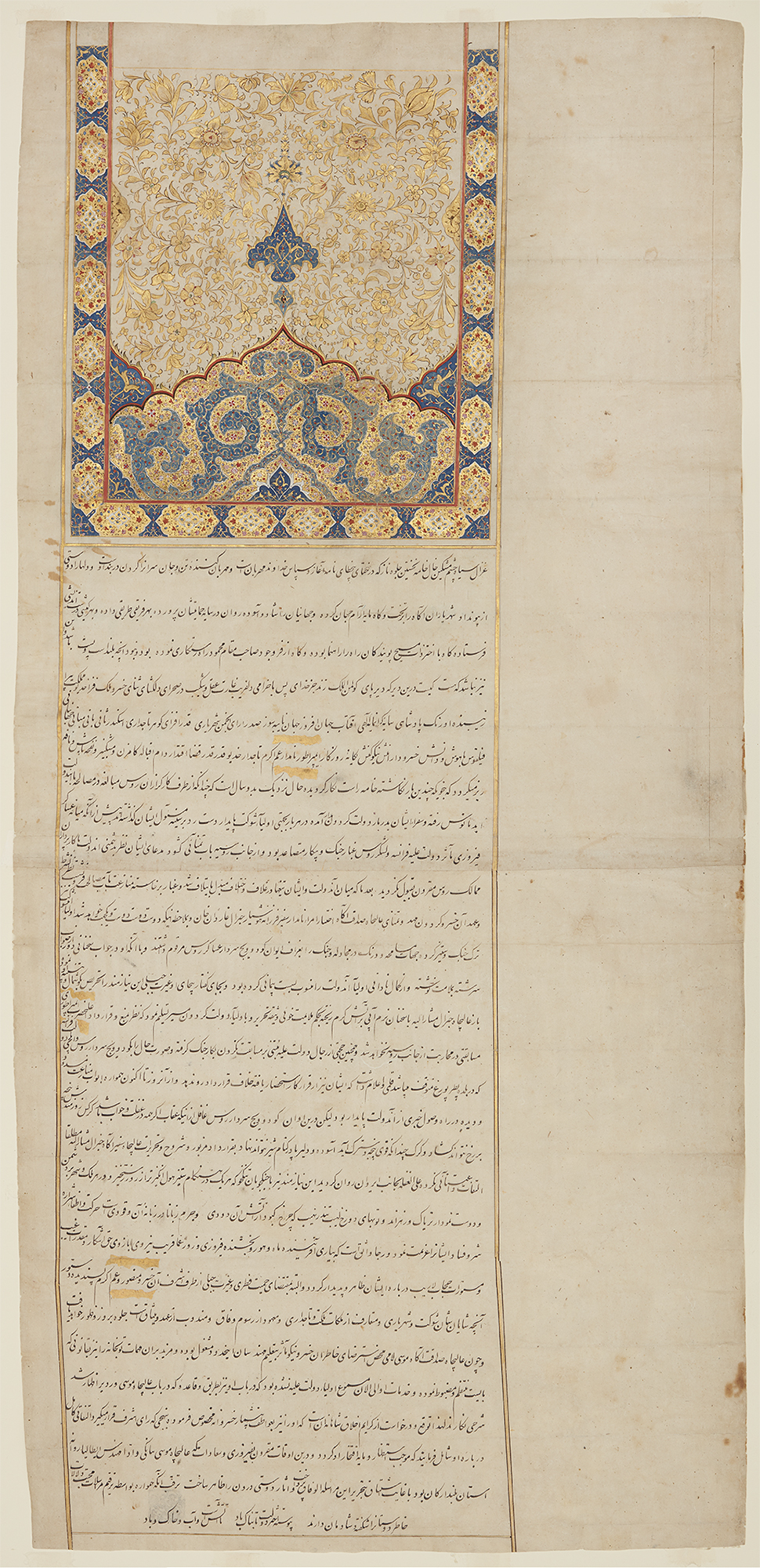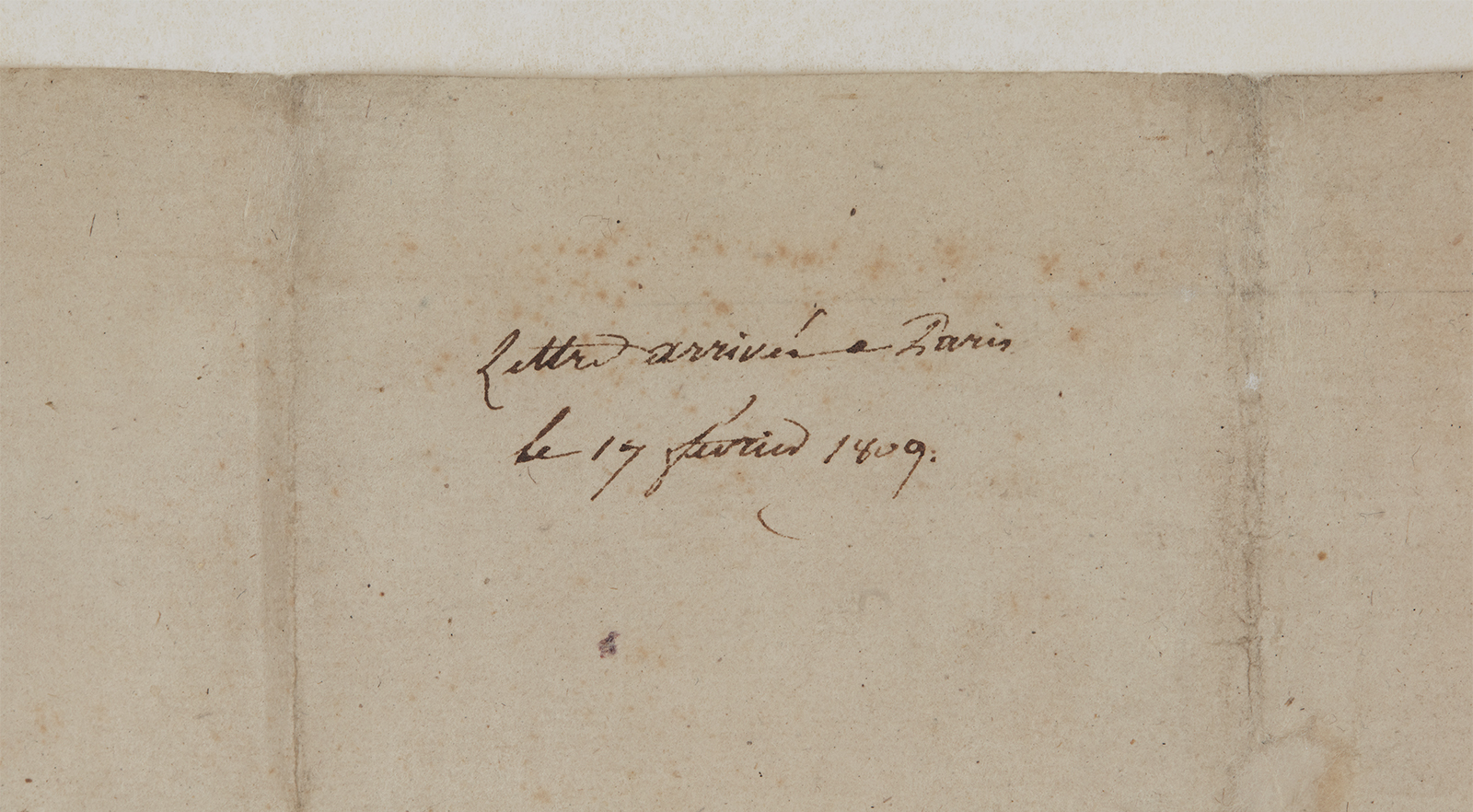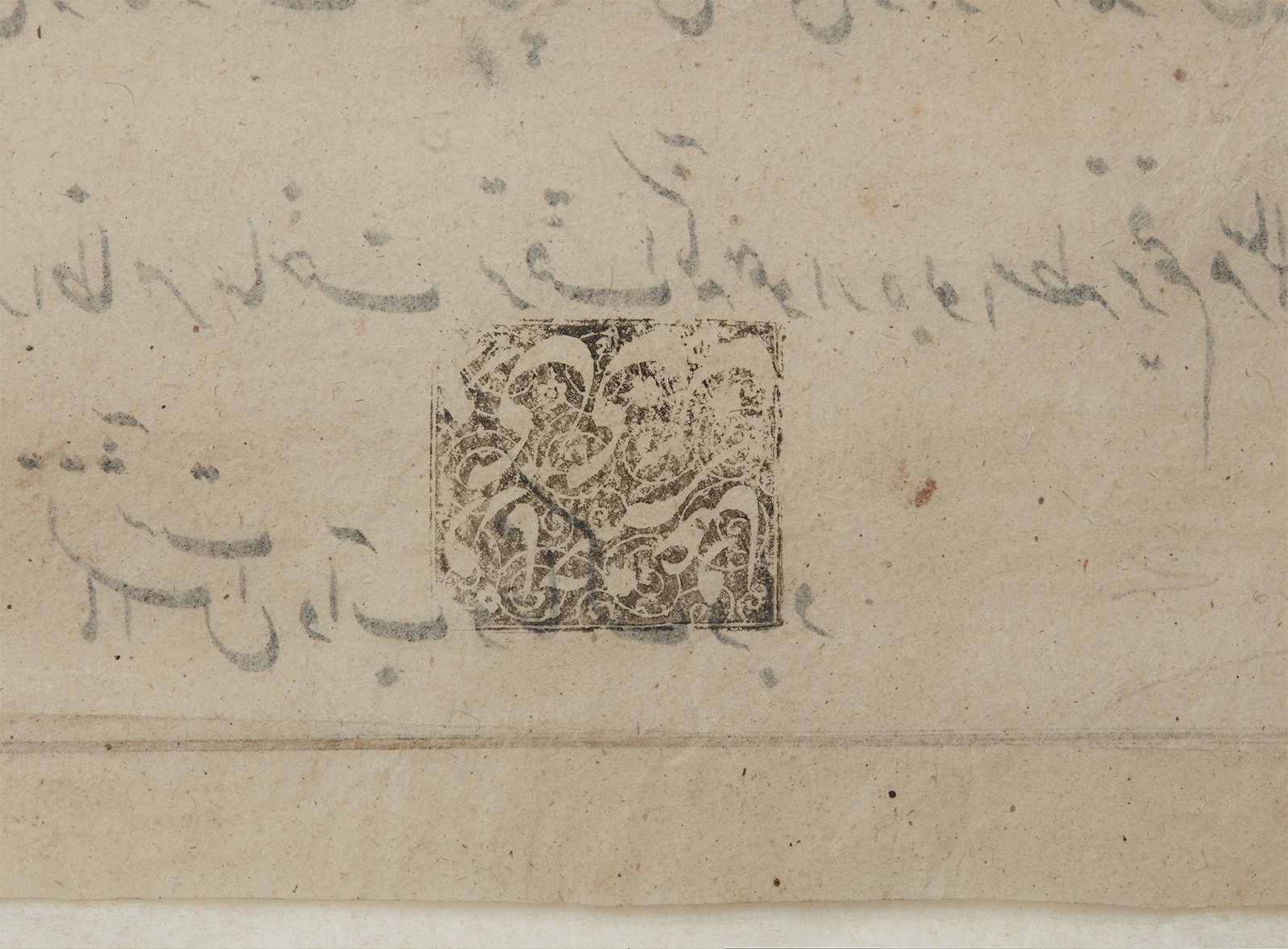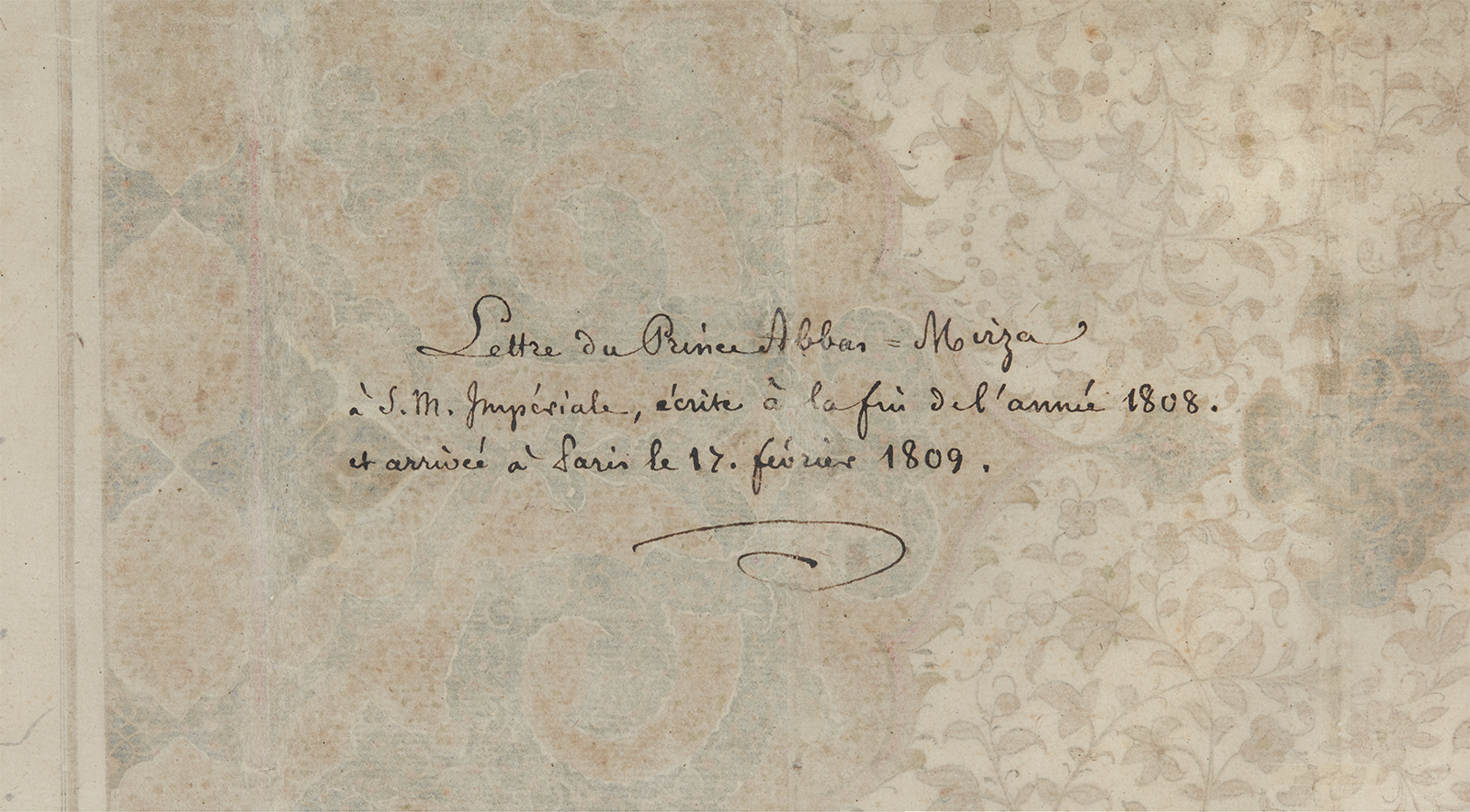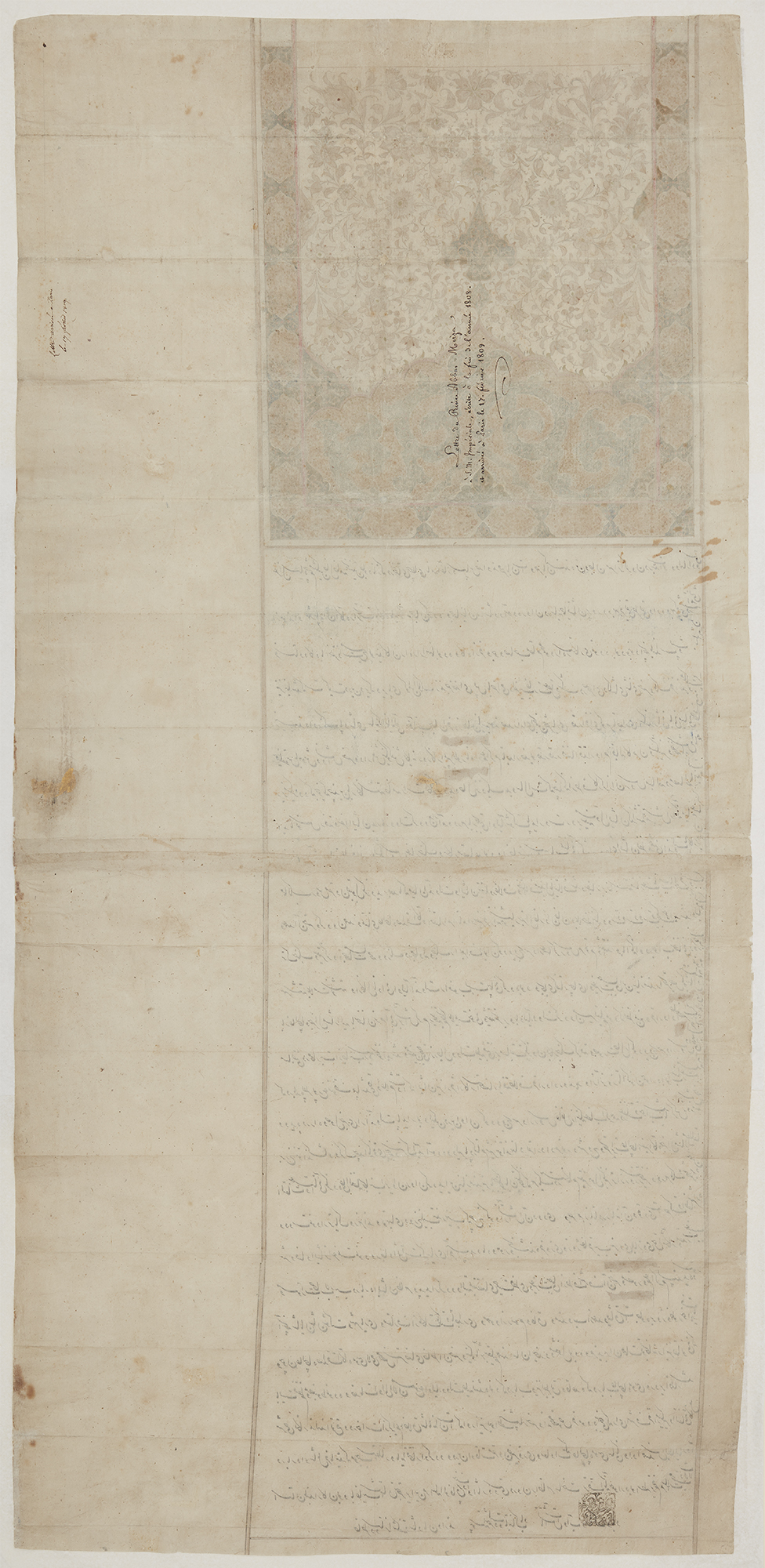Click on the image to zoom
A Letter by ‘Abbas Mirza to Napoleon I
- Accession Number:AKM251
- Place:Iran
- Dimensions:120 x 58 cm
- Date:1808
- Materials and Technique:ink, opaque watercolour, and gold on paper
At the time of writing this letter to Napoleon I of France, the 19-year-old crown prince ‘Abbas Mirza (1789–1833), son of Fath ‘Ali Shah, was spearheading the defence of Iran’s troops against Russia. In these conflicts, Iran had come to rely on French military technology and training. However, ‘Abbas Mirza here bemoans Napoleon’s two-year silence and inquires about the emperor’s next move as he outlines his feelings about Russia’s treachery. The imposing traditional style of the royal letter asserts Iran’s sovereignty in its communication with France.
Note: This online resource is reviewed and updated on an ongoing basis. We are committed to improving this information and will revise and update knowledge about this object as it becomes available.






